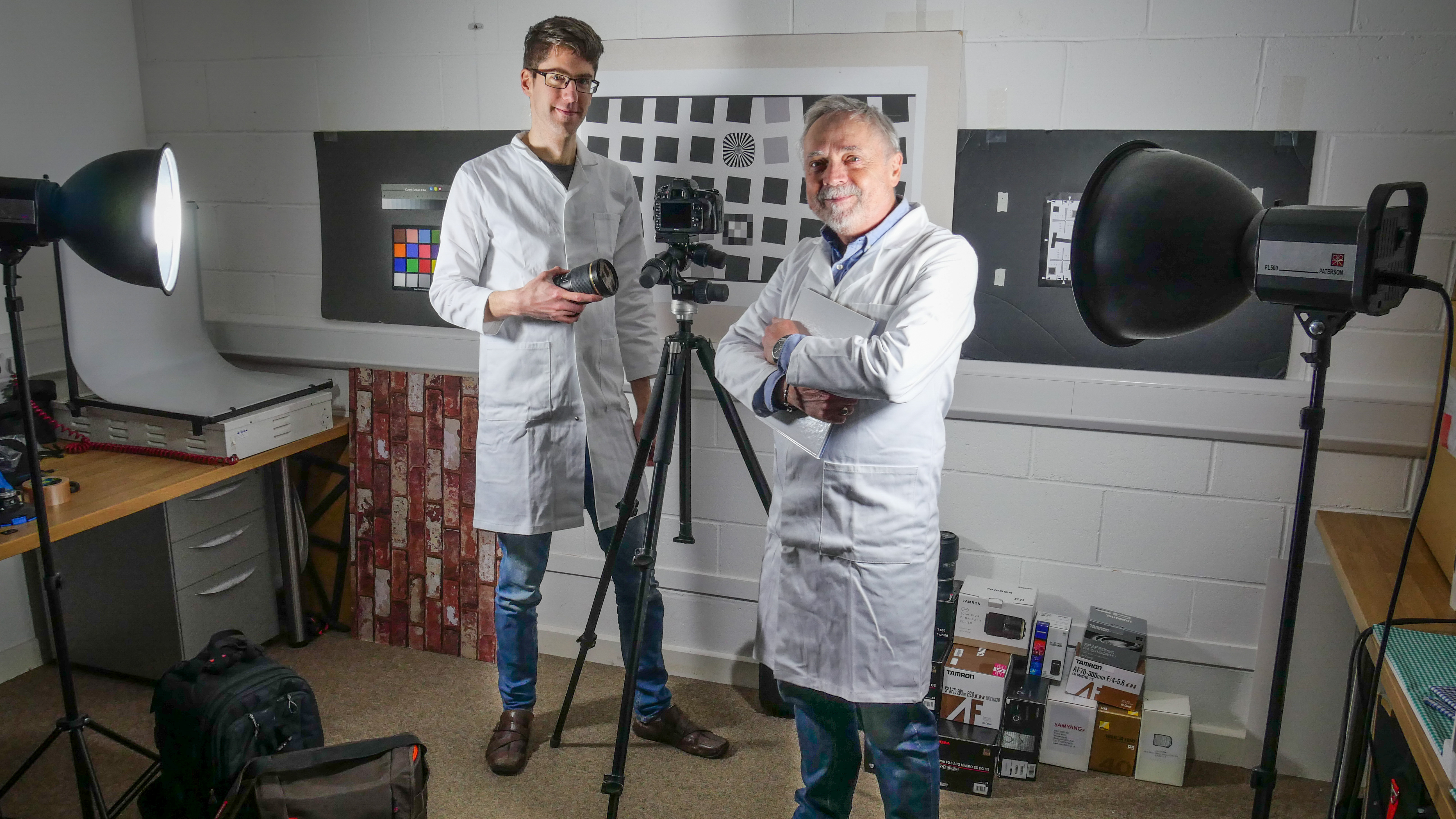
Our mission on Digital Camera World is to give you the best advice we can about which products you should buy. We do this with buying guides aimed at particular users or needs, and full standalone product reviews.
We also work tirelessly to find the best prices for the products you’re interested in, via our unique real-time price-checking engine. Digital Camera World is funded by affiliate links, but this does not affect the price you pay and will never affect our review ratings.
Digital Camera World is 100% independent and never swayed by the influence of advertisers or PR firms. The tests you read are our genuine unbiased opinions. We do not operate on an ‘influencer’ model. We are an independent editorial website that operates without bias or favor.
Our expertise
Digital Camera World is brought to you by an experienced team of photography journalists, testers and photographers who have been writing about digital imaging right from its very inception. Some of us were film camera journalists before that.
Each article includes a biography of the author, their experience and their particular area of expertise. We can also call on the combined experience of the staff and contributors to our print magazines Digital Camera, Digital Photographer, PhotoPlus and N-Photo, and legions of experienced freelance experts who we have worked with for years.
How we decide what to review
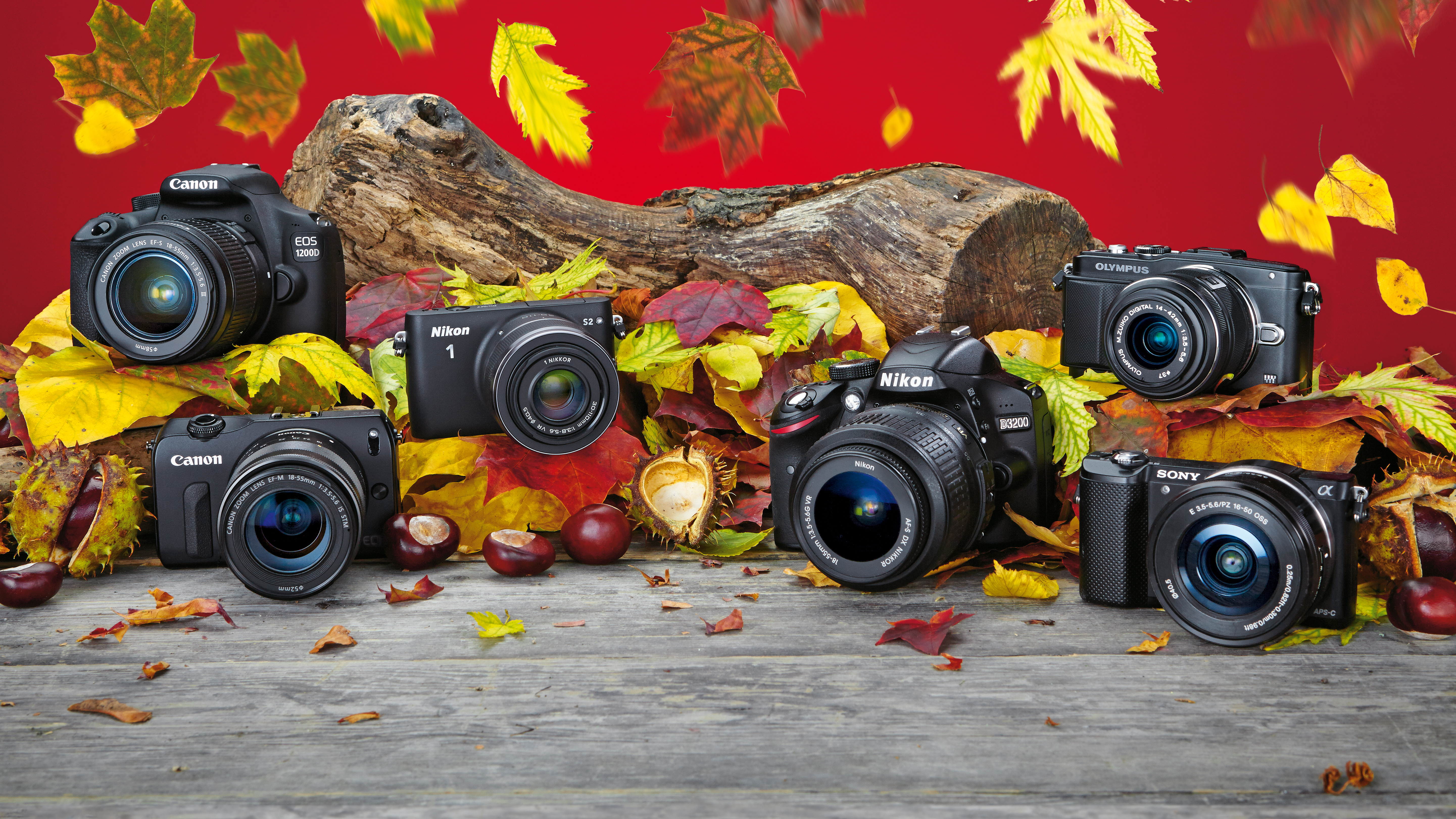
We review a huge range of image-related products, including not just cameras and lenses, but software, computers, dashcams, tripods, camera bags, memory cards and much more. We pay special attention to those which we think will be important for our readers and in the market as a whole. As a matter of policy we review every DSLR, mirrorless camera and high-end compact released. We also review every key DSLR or mirrorless camera lens released.
We do not review crowdfunded products ahead of their general release. We prefer to wait until they become generally available and can be evaluated in their final form.
Get the Digital Camera World Newsletter
The best camera deals, reviews, product advice, and unmissable photography news, direct to your inbox!
Our buying guide selections are based on careful consideration of the audience for that particular guide and the products that we think will suit them best. Some cameras won’t end up in any buying guides; some will appear in lots of them.
Our testing process
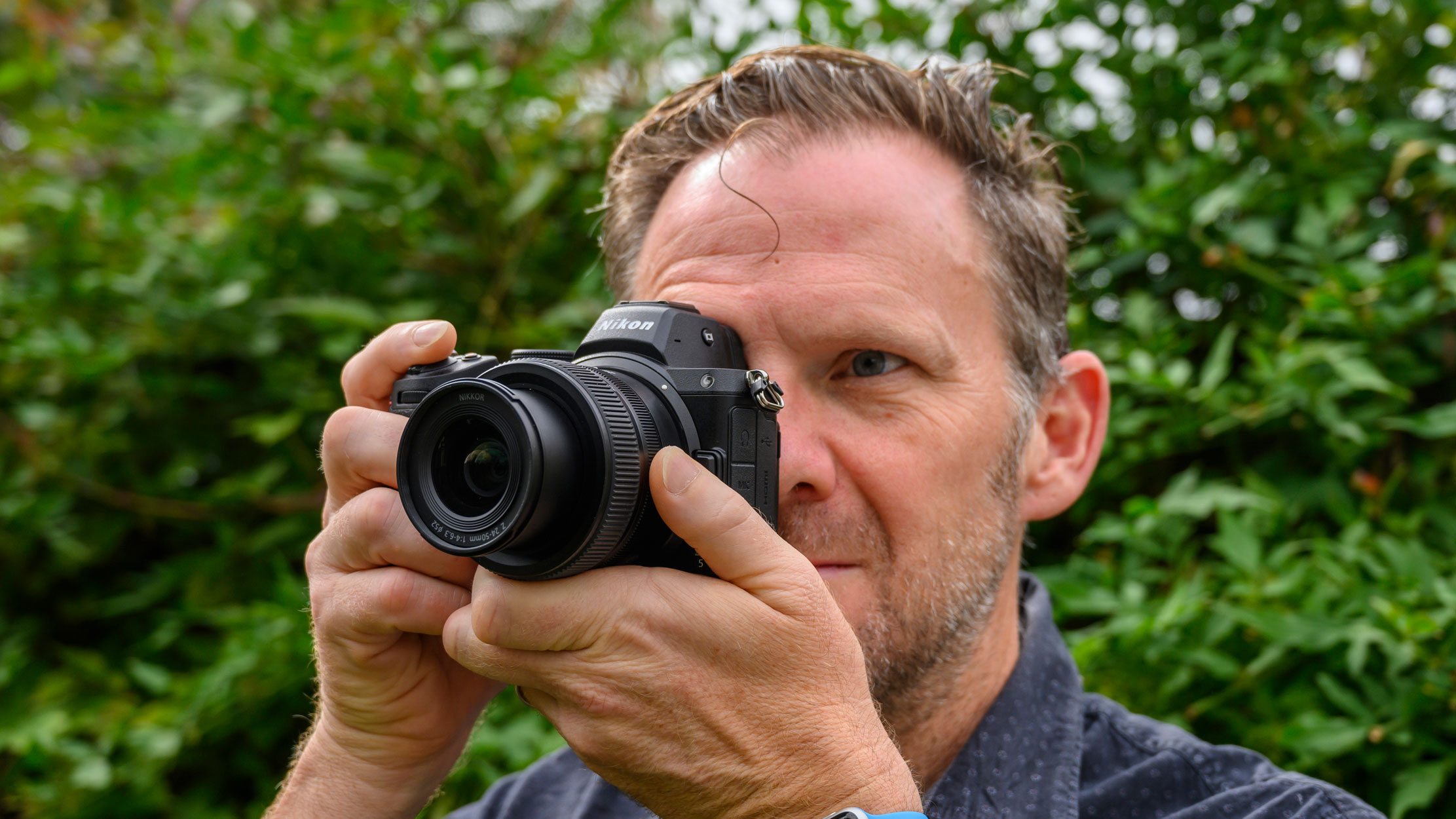
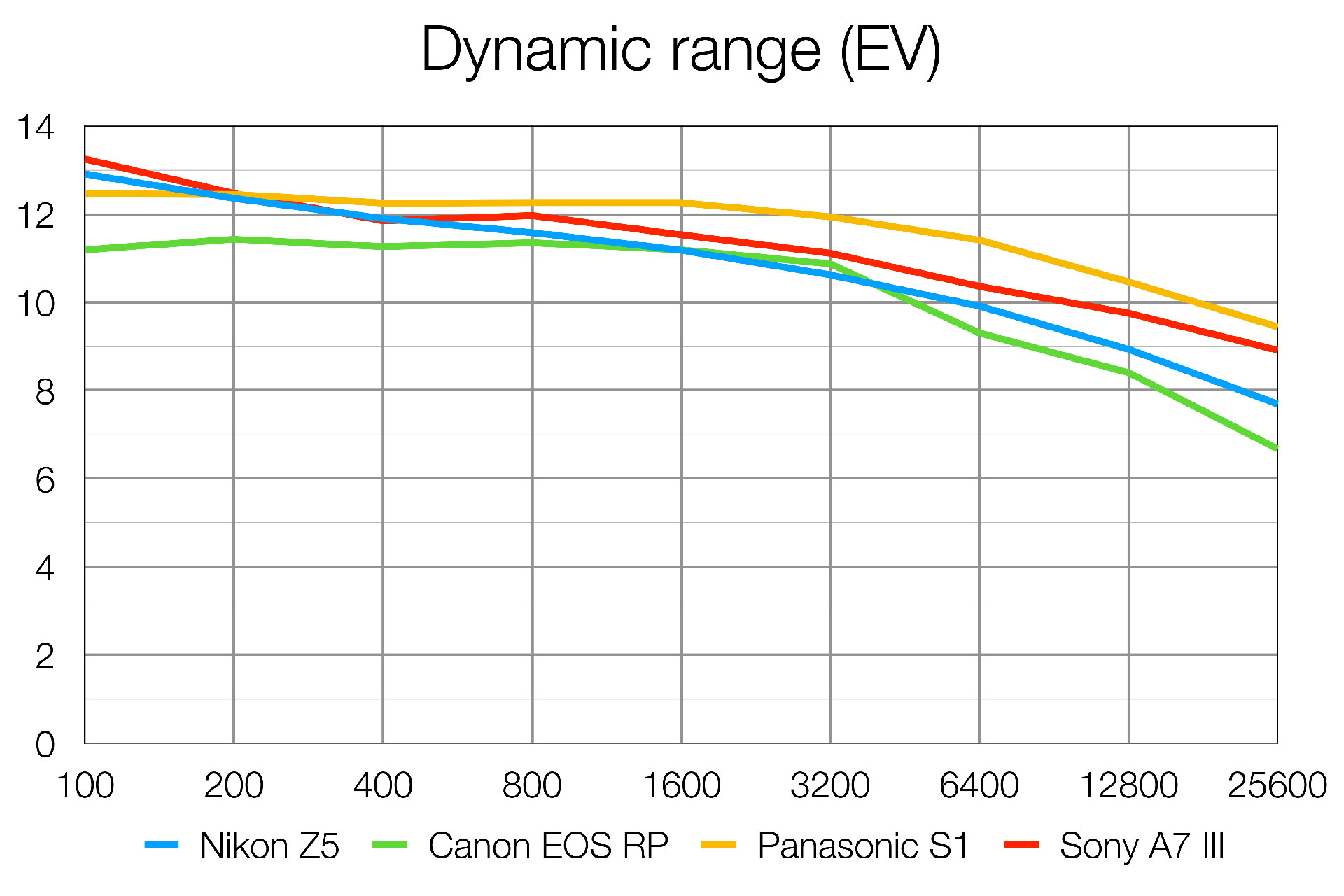
On Digital Camera World, we take great pride in the rigorous nature of our testing process. Every product and service is tested in appropriate circumstances and a combination of real world and objective tests are performed to ensure all products and services are credibly graded.
We believe the best way to test a product is to use it as it was intended, so our real world testing involves taking equipment on a proper shoot – whether outdoors or in the studio – and testing it exactly as you would use it in real life to let you know whether it’s fit for purpose.
With cameras and lenses we go a step further. We employ a series of controlled lab tests that enable us to measure the performance of these products – and not just individually, but in comparison to their rivals.
How we score products
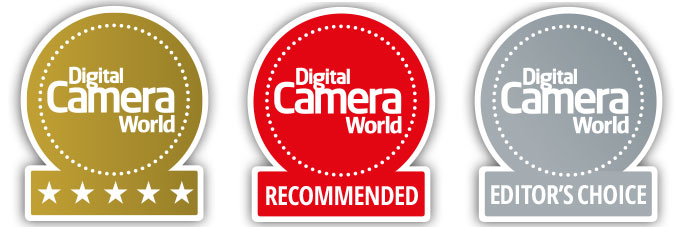
We score product reviews using a simple 5-star rating, including half-stars. We do not use sub-categories and calculated overall ratings because these do not always reflect different user types and expectations. An expensive Leica camera, for example, would never score highly for ‘value’ and so would never achieve a 5-star rating in a calculated result – which is wrong, because there are Leica cameras which we would consider 5-star products, and Leica fans are not especially concerned with value.
We award 5-star ratings only to the most exceptional products. They may not be flawless, but they are so good as to set a benchmark for the rest. These products automatically get an award badge. We also add a ‘Recommended’ badge to products that perform extremely well but may have specific weaknesses or omissions that you should take into account.
We also publish buying guides that link to full reviews, but here we take a different approach to award badges because we strongly believe that the context of a buying guide is crucial. If the guide is aimed at users looking for the best quality at any price, our criteria will be different to a guide aimed at enthusiasts or beginners, even though the same product(s) may appear in both.
In buying guides, we have an Editor’s Choice award for products that stand out in that particular category as being terrific all-round choices.
How we ensure consistency
Some products lend themselves to lab testing, such as cameras and lenses, while others can only be evaluated in real world use. If possible, we do both, but we review a very wide range of photography-related products that can only be tested in the field. Because of this, we work hard to achieve proper consistency.
One way we do this is to use team members or experienced freelancers who are familiar with these products and have used many different examples in the past. We will agree a series of criteria to check for each product type, such as image stabilizer efficiency in action cameras or flight controls for drones. We always make sure we are looking for the same key qualities in all our reviews.
Our second consistency check is via our buying guides. We always make sure that any product is reviewed not in isolation, but in the context of our existing buying guides and any comparable products they contain. For example, if a new camera phone is released, we review it in the context of those already in our ‘Best camera phone’ buying guide.
We also have a peer-review system on Digital Camera World. The team meets daily and it’s common for reviews and buying guides to be a collaborative effort with several inputs rather than just one.
How we test cameras
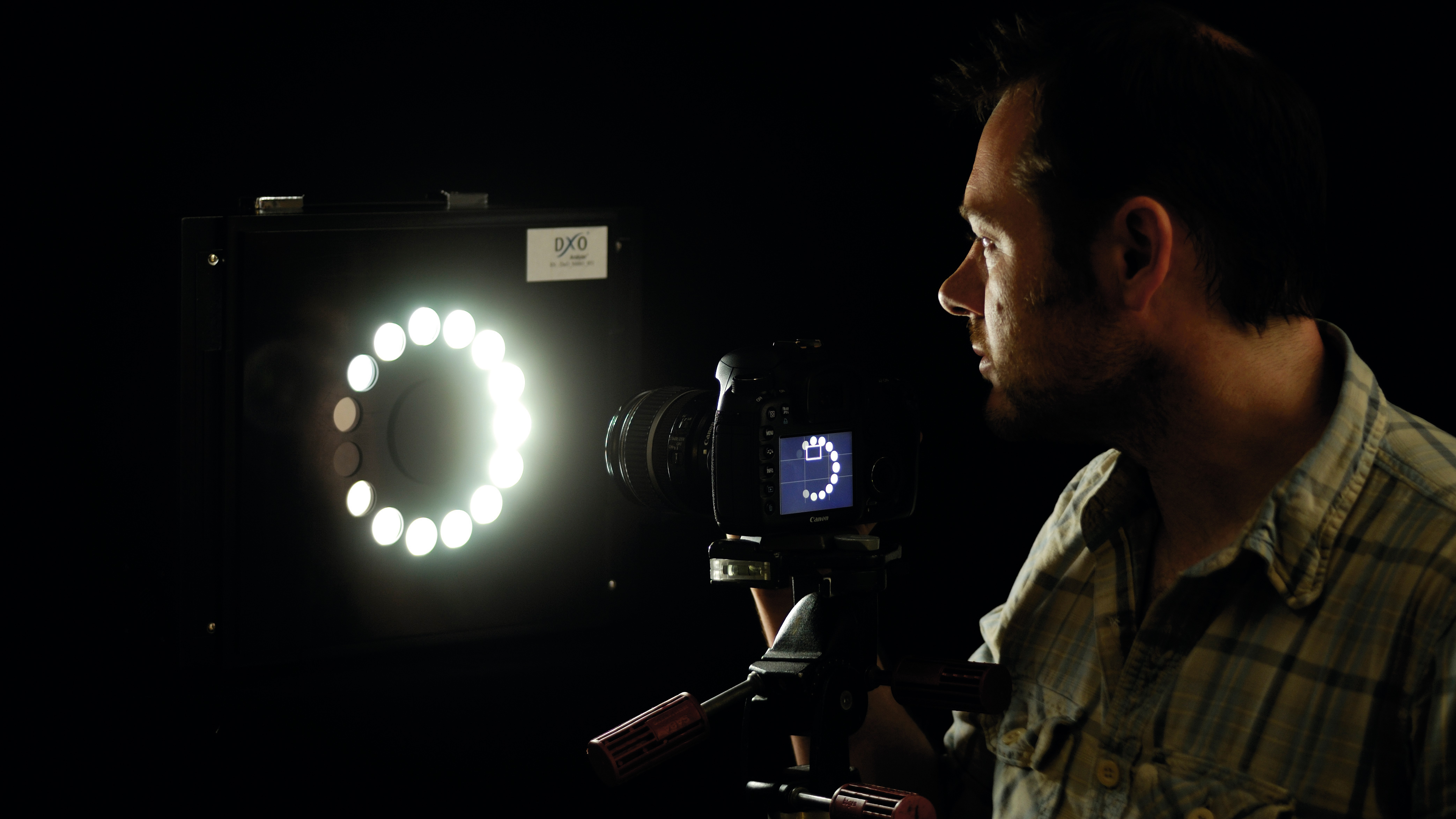
We test camera resolution, dynamic range and noise under scientifically controlled conditions using two key testing tools: Imatest Master and DxO Analyzer. All DSLRs and mirrorless cameras are subjected to these tests and, in some instances, high-end compact cameras.
We use these real-world testing and lab results to inform our comments in buying guides.
1. Resolution (ISO-12233): We use a resolution chart based on ISO-12233 from Applied Image inc to indicate the limit of the camera’s vertical resolution at the centre of the frame. The higher the value, the better the detail resolution.
2. Dynamic range (DxO Analyzer): This is a measure of a camera’s ability to capture detail in the highlights and shadows. We use DxO’s transmissive chart, which enables us to test a dynamic range of 13.3 stops.
3. Noise (DxO Analyzer): We use the dynamic range transmissive chart to analyze the signal-to-noise ratio for RAW and JPG files at every sensitivity setting using DxO Analyzer. A higher value means the signal is cleaner.
It’s not practical or desirable to apply the same lab testing process to action cameras, compact point-and-shoot cameras and camera phones. The audience for these products will be more concerned with how they perform in the real world (see ‘How we ensure consistency’, above).
One of our missions on Digital Camera World is to give readers the best advice we can when they are deciding which camera to buy. When we present the lab data charts in our reviews, we add in the results from what we think are three key rivals at the same time. This gives both us and our readers the opportunity to make proper technical comparisons.
How we test lenses
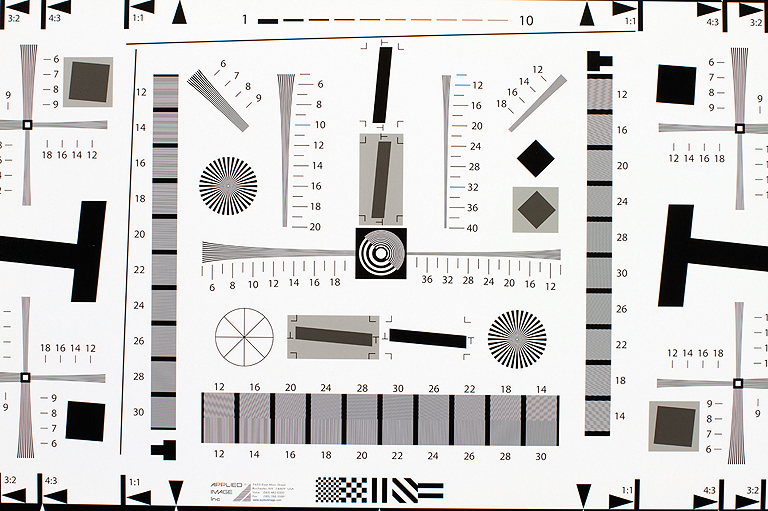
We test lenses using both real world sample images and lab tests. Our lab tests are carried out using the Imatest testing suite, which consists of custom charts and analysis software that measures resolution in line widths / picture height – a measurement widely used in lens and camera testing.
1. Sharpness (Imatest): Here we measure sharpness at different apertures from the centre to the outer edge. We shoot the chart pictured and Imatest outputs a figure based on line width divided by picture height – high numbers are better.
2. Distortion (Imatest): This test measures the distortion caused by the lens. We shoot the simple, lined chart pictured above and then output an accuracy percentage in Imatest. The most accurate result (ie, the best) would be 0%.
3. Fringing (Imatest): This test measures the occurrence of chromatic aberration. We shoot the chart pictured above, then analyze the photos using Imatest. The results are expressed in pixels, with lower numbers being better.
How we test camera phones
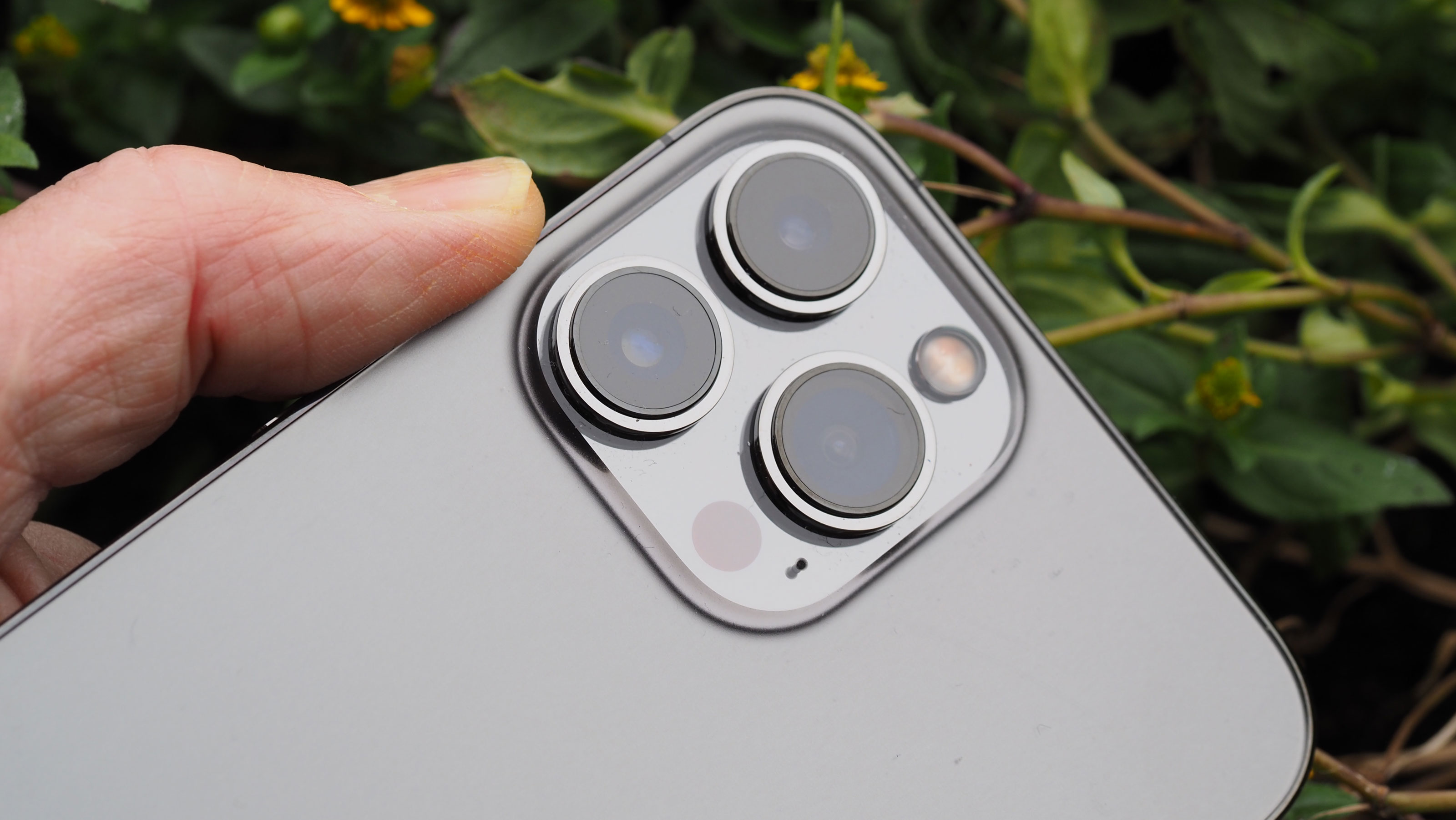
As a photography website, we pay special attention to the photo and video quality of camera phones. We rate resolution, noise and color rendition in the context of what rival cameras can do, and where there are any special features, such as ‘night modes’ or ‘portrait modes’, we check that these perform as the makers describe. Camera phones are all-round digital assistants too, of course, so we will also check general handling, usability and practicality – such as battery life.
How we test drones

Our drone tests are carried out in the field, allowing us to assess the quadcopter for its flight performance, ease of use, and its image quality. All our drone reviews are overseen by Adam Juniper who is one of the UK’s leading experts in drones, and who has written several books on flying drones, including The Drone Pilot’s Handbook.
How we test action/360 cameras
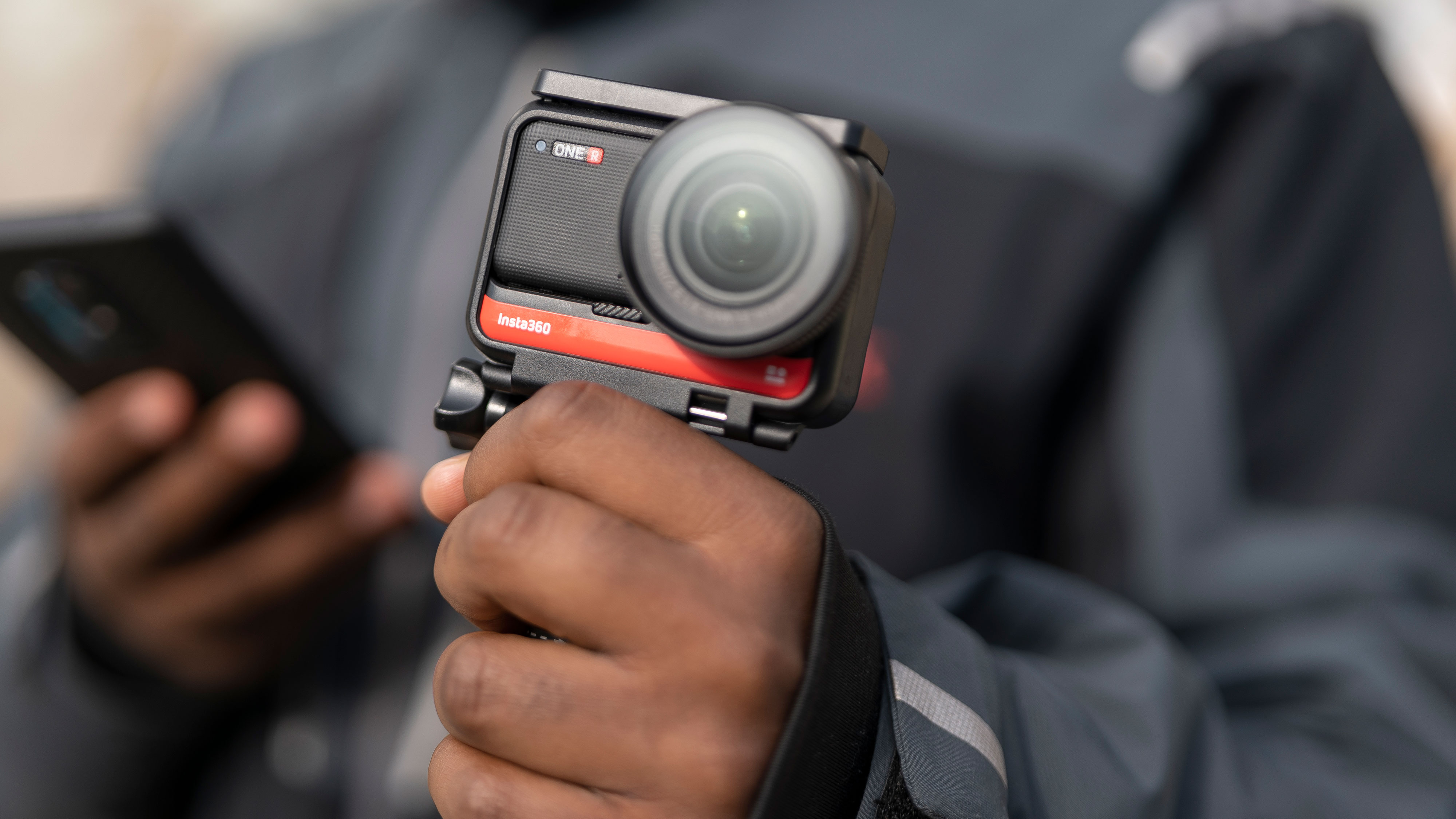
We test action and 360 cameras in the field, checking image quality, dynamic range and noise in a variety of conditions. We looks specifically at image stabilization, a key feature for most users, the mounts available, the waterproofing features, if any, and the effectiveness of any accompanying apps.
How we test tripods and other accessories
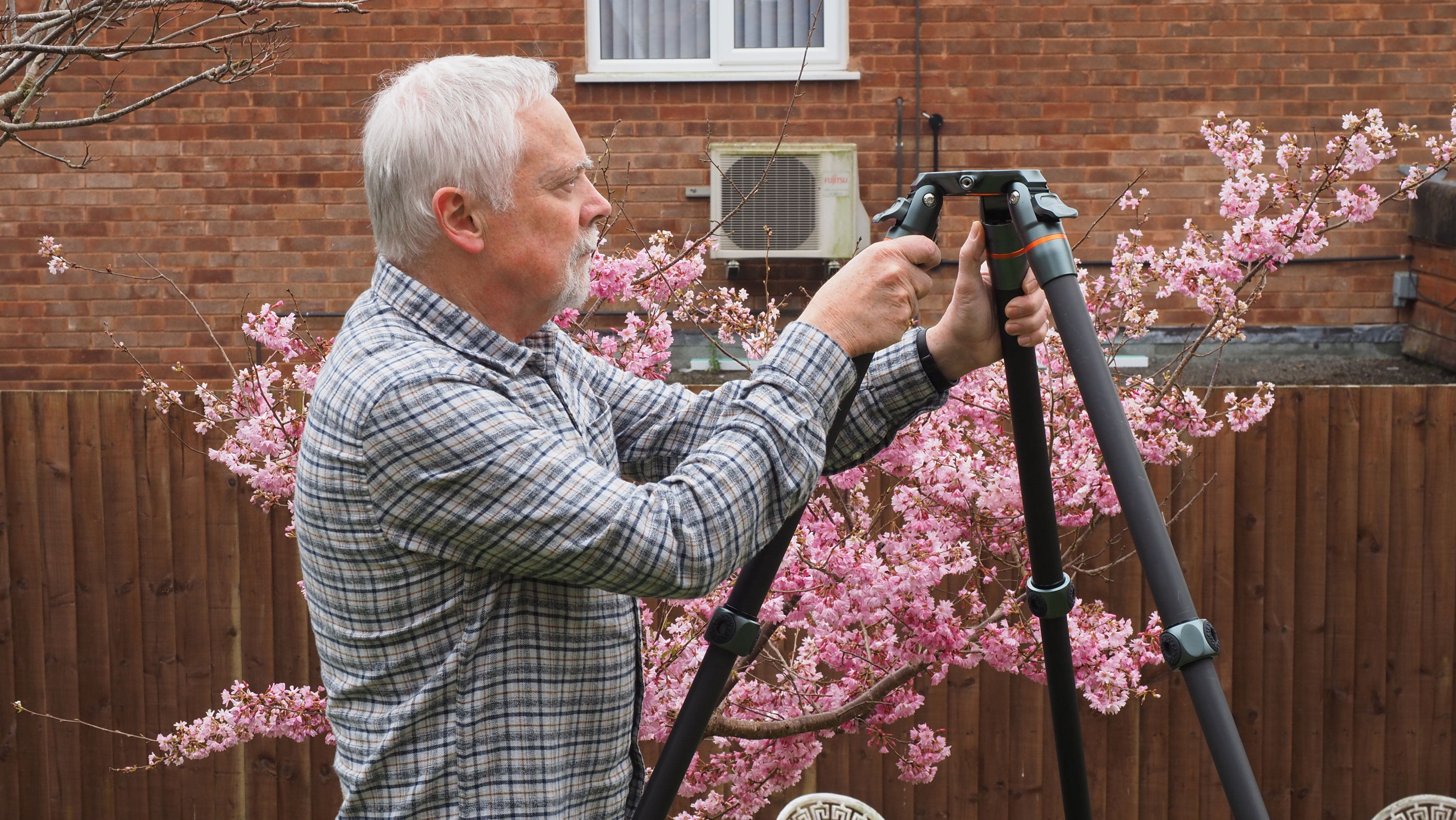
These are tested in the field by experienced reviewers who have used these products before and know exactly what to look for and where any weak points might be. With tripods, for example, we check for stability, ease of setup, smoothness of operation, portability and height range. With lights we check power output agains the maker’s claims, coverage, portability and general practicality. We apply a similar experience-based approach to reviewing camera gimbals, microphones, memory cards and more, rating them not just individually but also in the context of other similar products on the market.
How we test binoculars and other optics
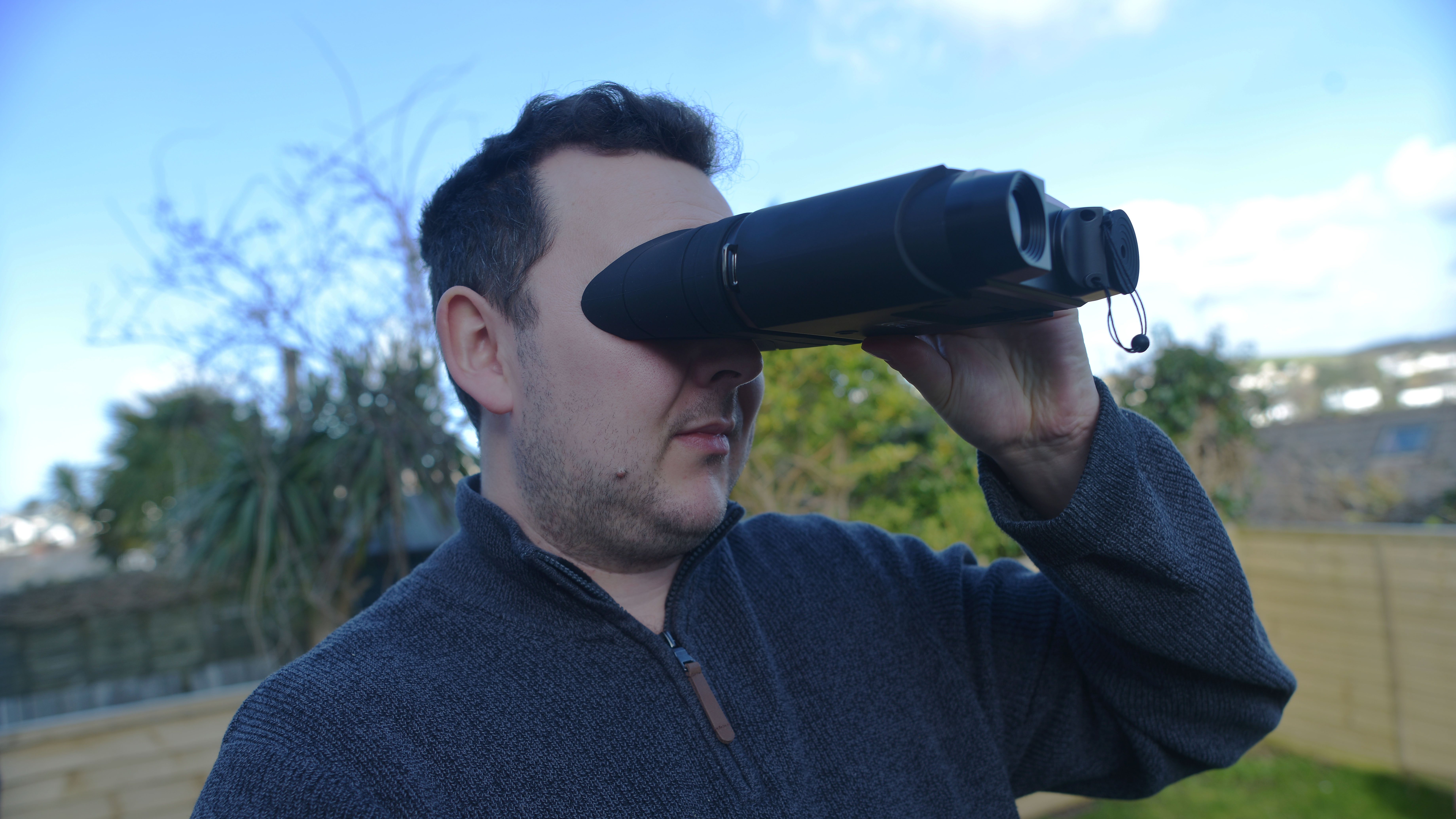
Binoculars, monoculars and spotting scope reviews are overseen by our resident expert Sebastian Oakley, who is an experienced equine / sports photographer and has used these products extensively. These products are rated for their image quality, portability, robustness and suitability for specific tasks, such as astrophotography, sports, wildlife and even marine use.
How our testing will evolve
The photography and video market is evolving rapidly and we aim to adapt our testing and reviewing processes to match the latest developments. The constantly expanding scope and features of imaging devices makes comparative testing a challenge, but we are up for that!
At the same time, we will continue to expand and develop our real-world testing parameters to reflect what users need from the latest digital devices, whether it's 8K video recording, wireless audio capture, hybrid stabilization technologies or industrial inspection cameras. We're learning all the time, and what we learn, we'll pass straight to you!
Digital Camera World is one of the leading authorities on camera and photography news, reviews, techniques, tutorials, comparisons, deals and industry analysis. The site doesn't just specialize in cameras, but all aspects of photography, videography and imaging – including camera phones, gimbals, lenses, lighting, editing software, filters, tripods, laptops, printers, photo books, desks, binoculars and more.
Whether you're using, looking to buy or trying to get the most out of a compact camera, action camera, camera drone, cinema camera, beginner camera or professional camera, Digital Camera World has a roster of experts with combined experience of over 100 years when it comes to cameras, photography and imaging.

